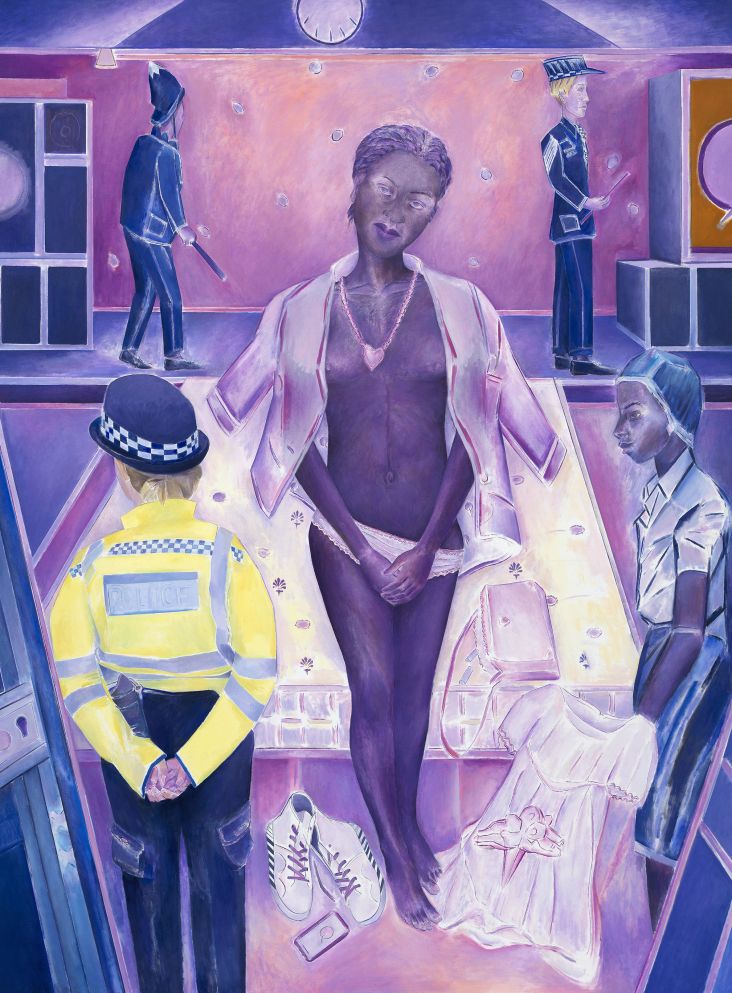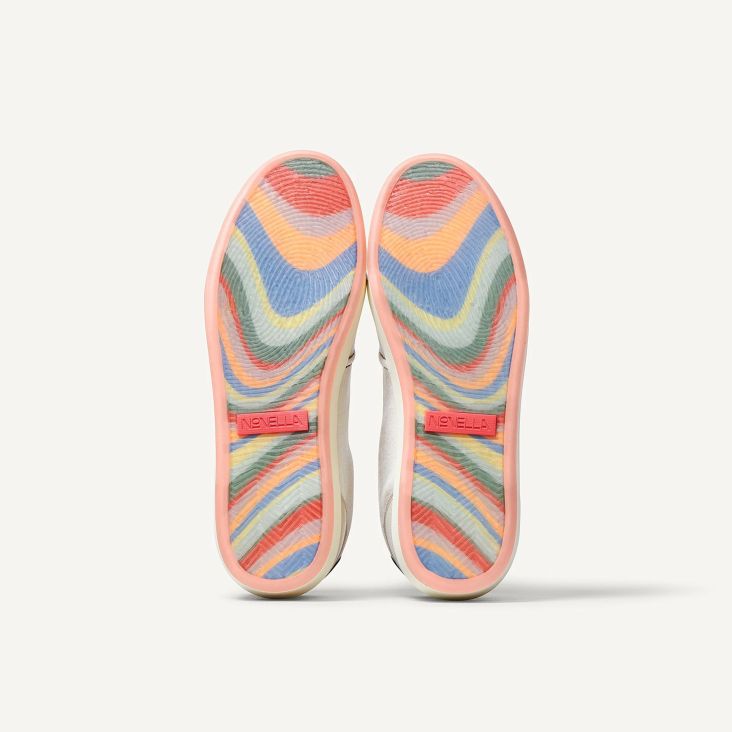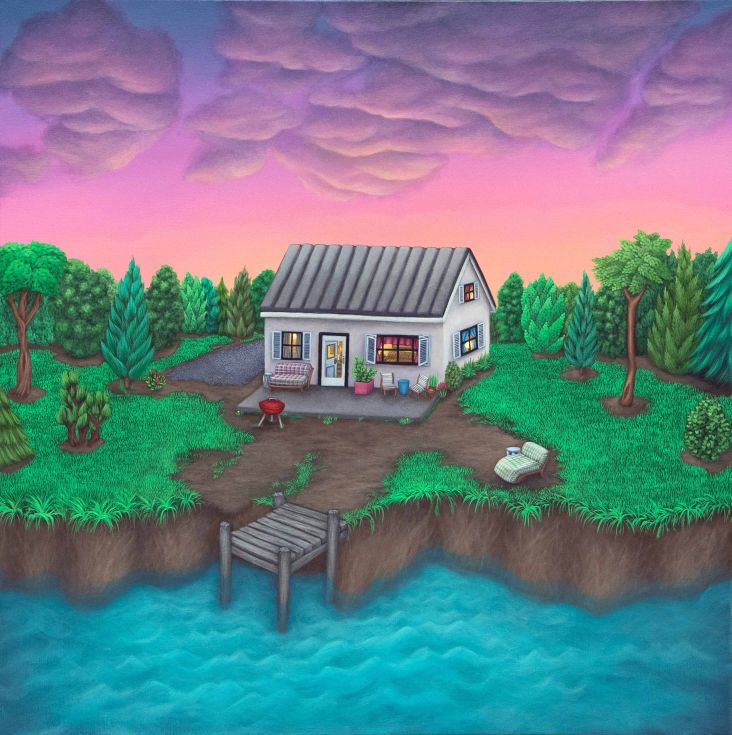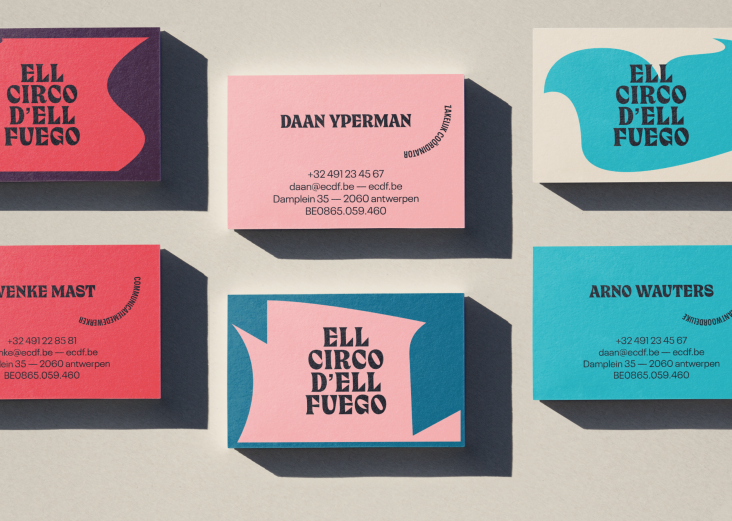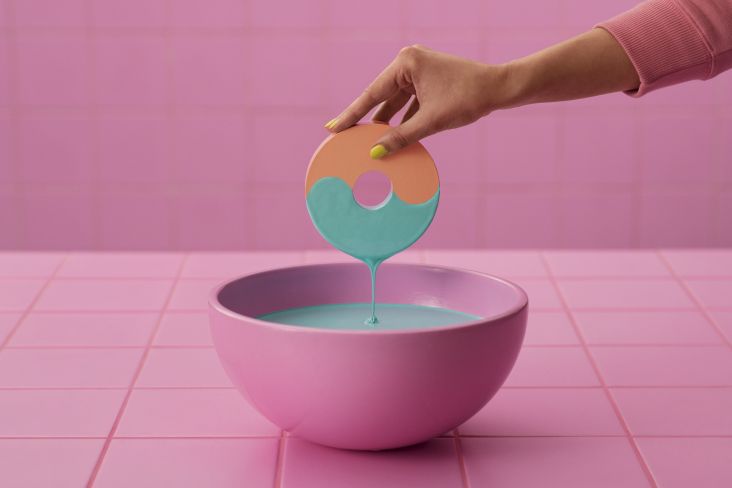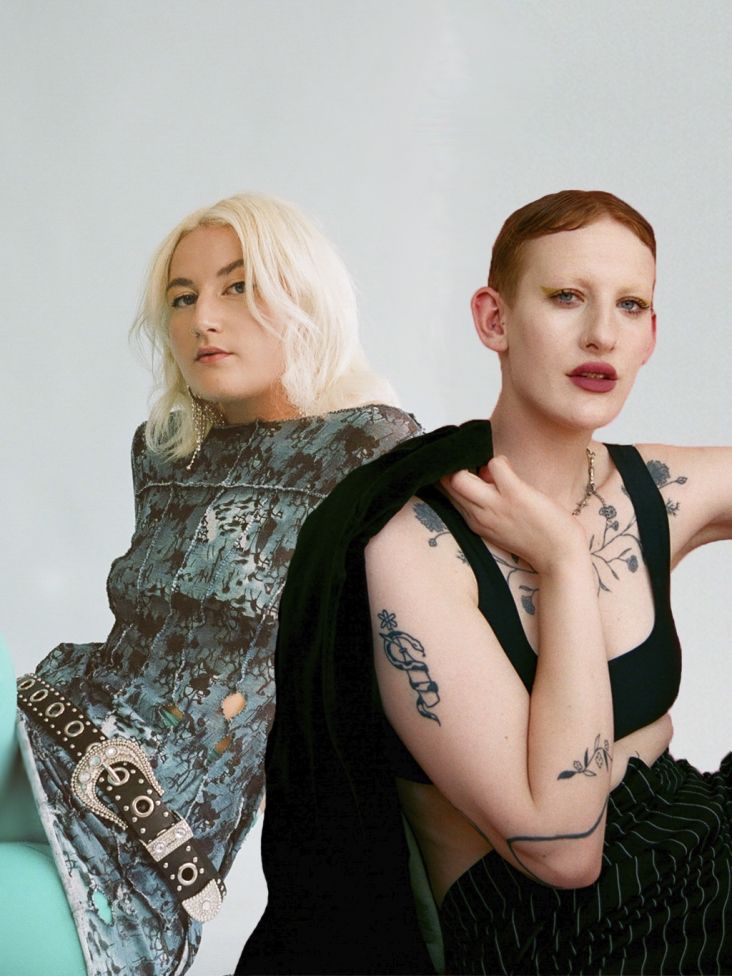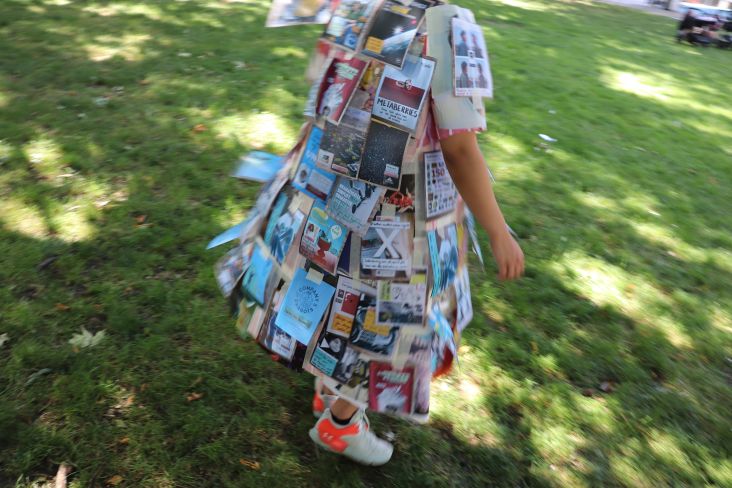Celia D. Luna's photo series celebrates the defiance of indigenous Bolivian women
The Peruvian photographer discusses her latest subjects: women skateboarding in Bolivia while wearing indigenous dress.
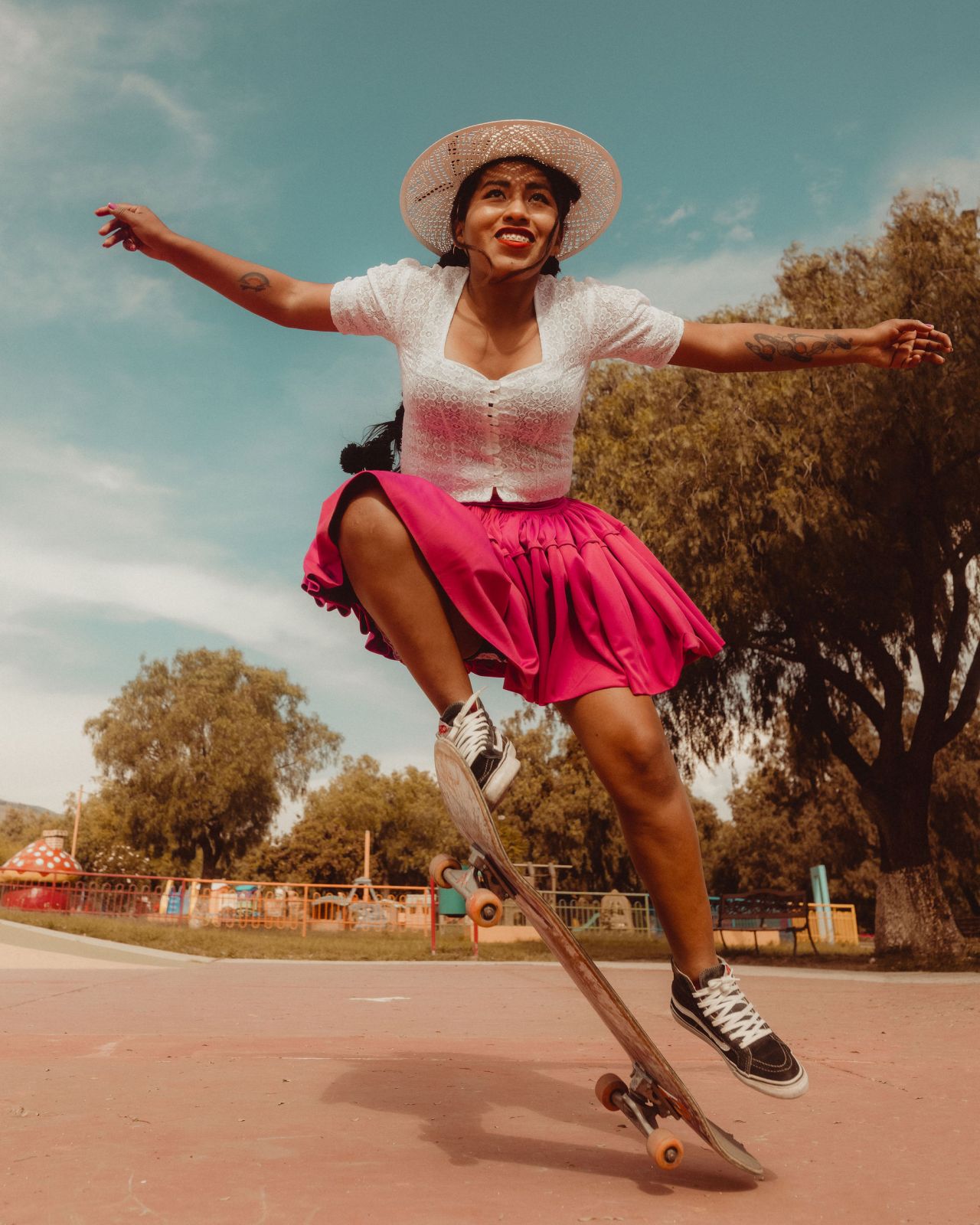
© Celia D. Luna
Traditional clothing and hanging 10 aren't generally two things that go together. So photographer Celia D. Luna's series really grabbed our attention. It focuses on Bolivian women wearing indigenous clothing while skateboarding. So what's that all about, exactly?
Celia explains that the women were making a powerful statement about the treatment of indigenous women in Bolivia. For centuries, the indigenous Quechua and Aymara women were marginalised from mainstream society. They were banned from entering some public spaces, could not use public transportation, and weren't allowed to do many jobs. It wasn't until the election of the nation's first indigenous president, Juan Evo Morales Ayma, in 2006 that their rights began to be restored.
In this light, donning traditional clothing such as pleated skirts, lace blouses, bowler hats, sombreros, and long braids is a sign not of conservatism but pride and defiance. "Not too many years ago, the term 'Cholita' was a derogatory name for young indigenous women," says Celia. "Nowadays, Cholitas proudly wear traditional clothing to break ethnic barriers."
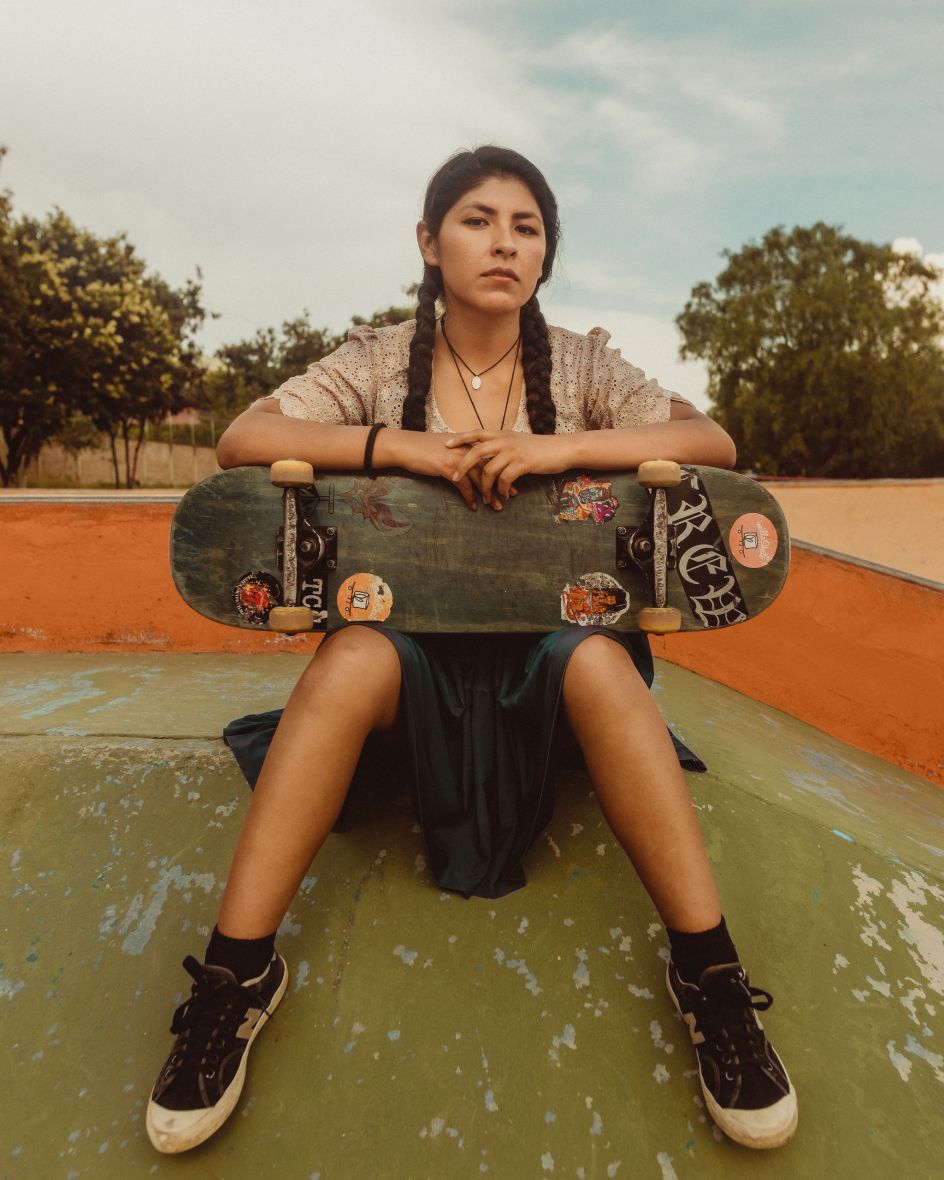
© Celia D. Luna
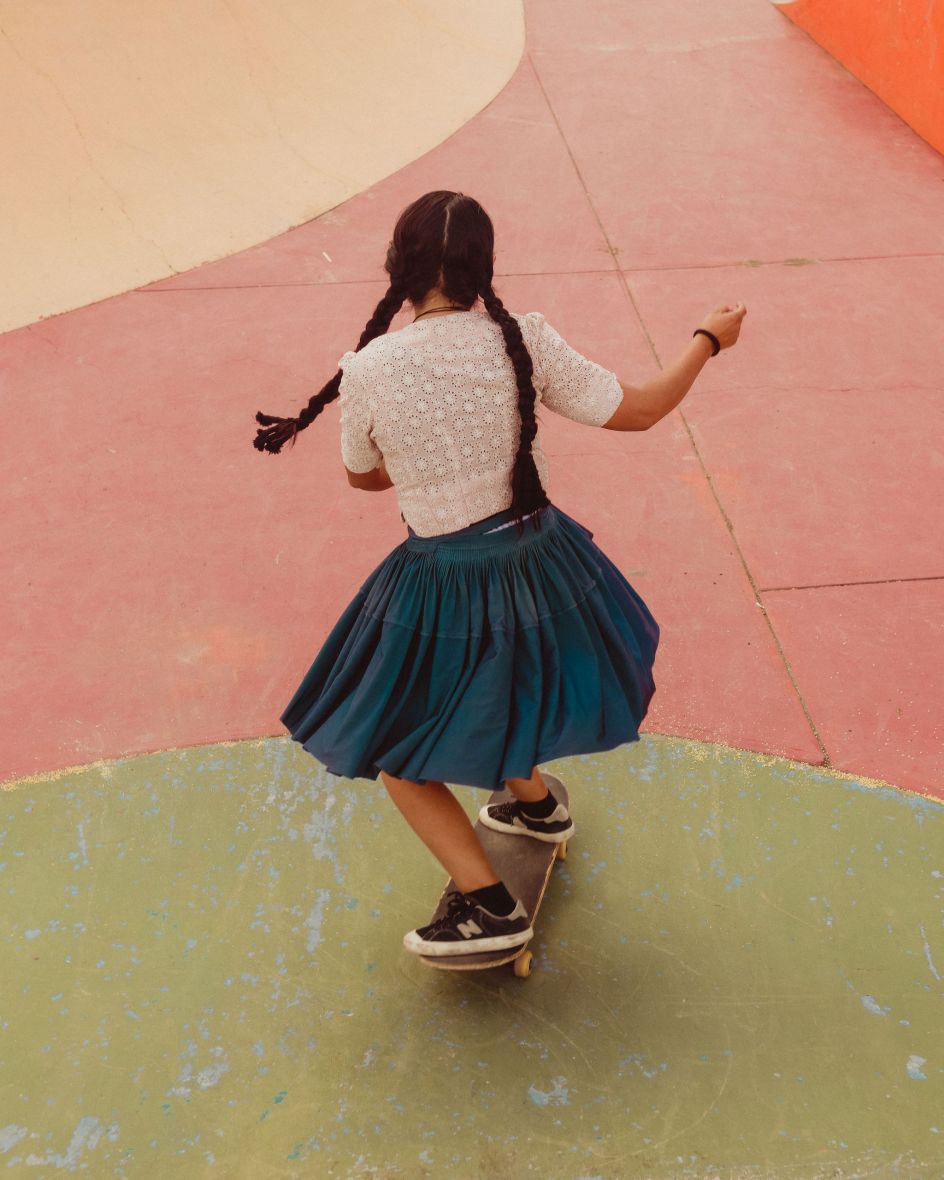
© Celia D. Luna
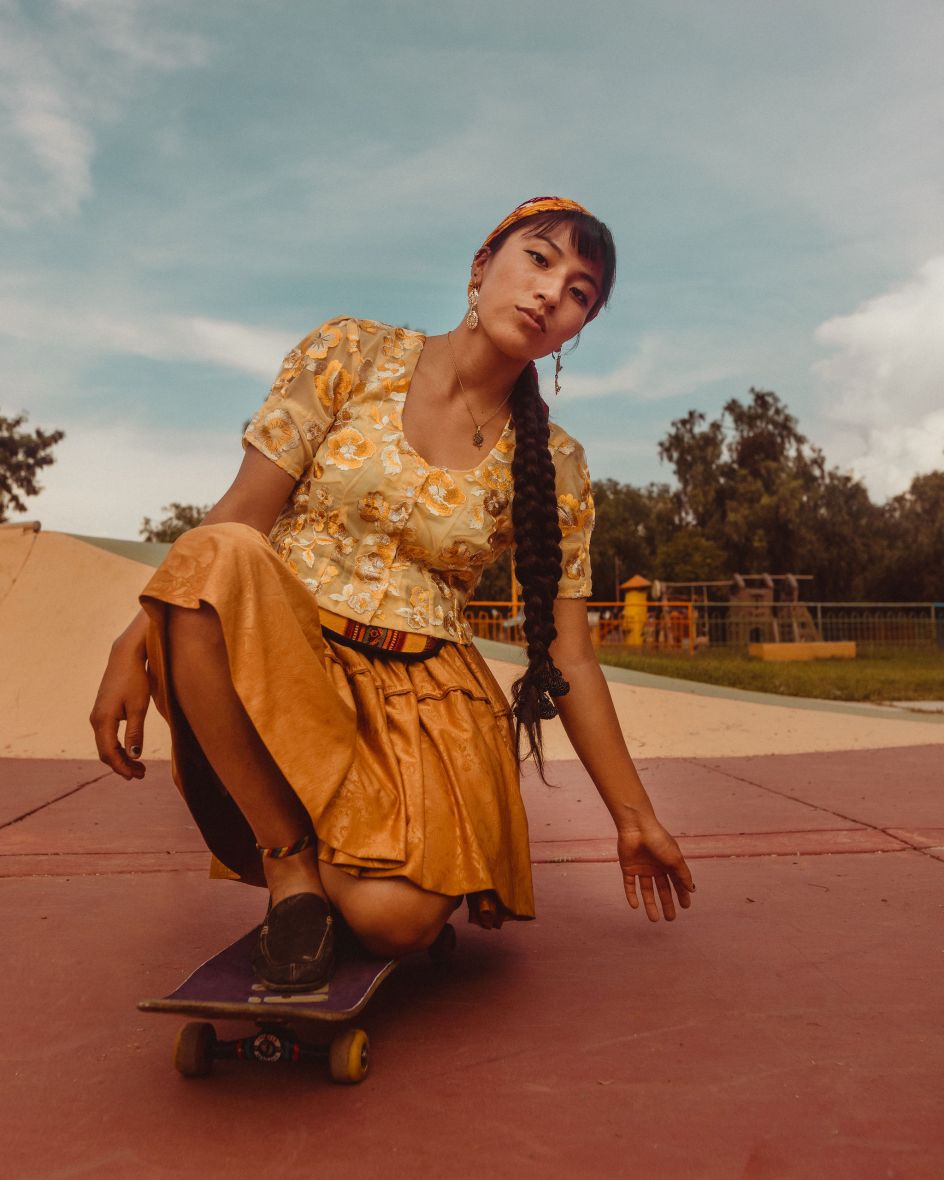
© Celia D. Luna
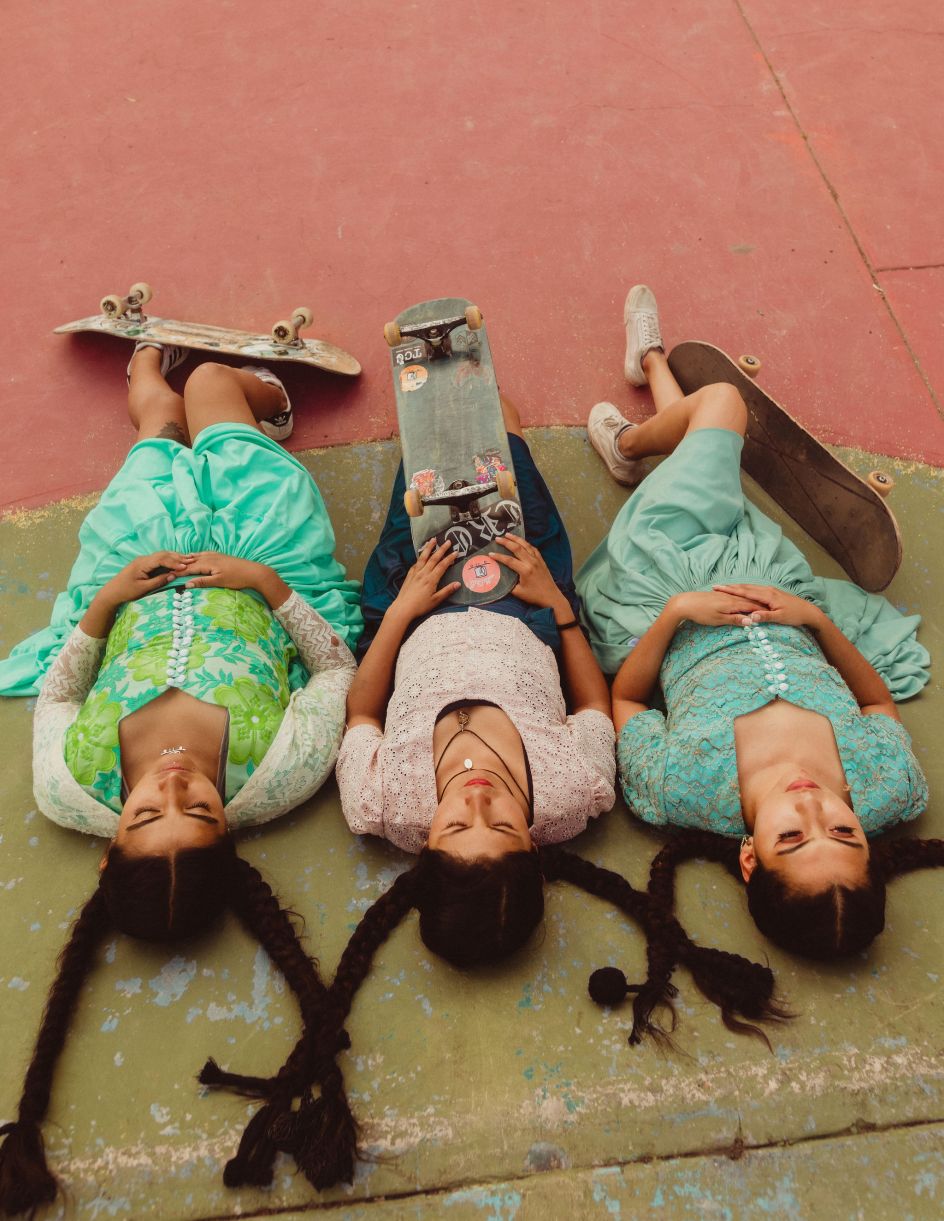
© Celia D. Luna
To start with, though, locating the women wasn't easy. "I was a bit of a detective on Instagram," Celia explains. "I had to search for tour guides and business owners in Bolivia, who led me to some of the Cholitas' contacts."
But she was determined to succeed. "Being from a neighbouring country, where we have similar backgrounds, their story hit a weak spot in my heart," she explains. "I had to meet and capture all these ladies. I wanted to capture the fierceness I saw in them."
Cultural pride
Celia was raised by a single mother in the Andes in Peru, where the term 'Cholita' is also used in a derogatory way, she explains. "Mostly to insult Andean people: because of the way they talk or the way they dress. It's been one of my missions to embrace where I come from and show the world how beautiful and rich our culture is.
"When I found out that the Cholitas from Bolivia were very proud to be called Cholitas and wore their traditional clothes with so much pride and joy, I just had to meet and capture them," she continues. "They don't just embrace their culture but also do it while practising extreme sports. And that, to me, is the ultimate way to make people recontextualise Cholitas."
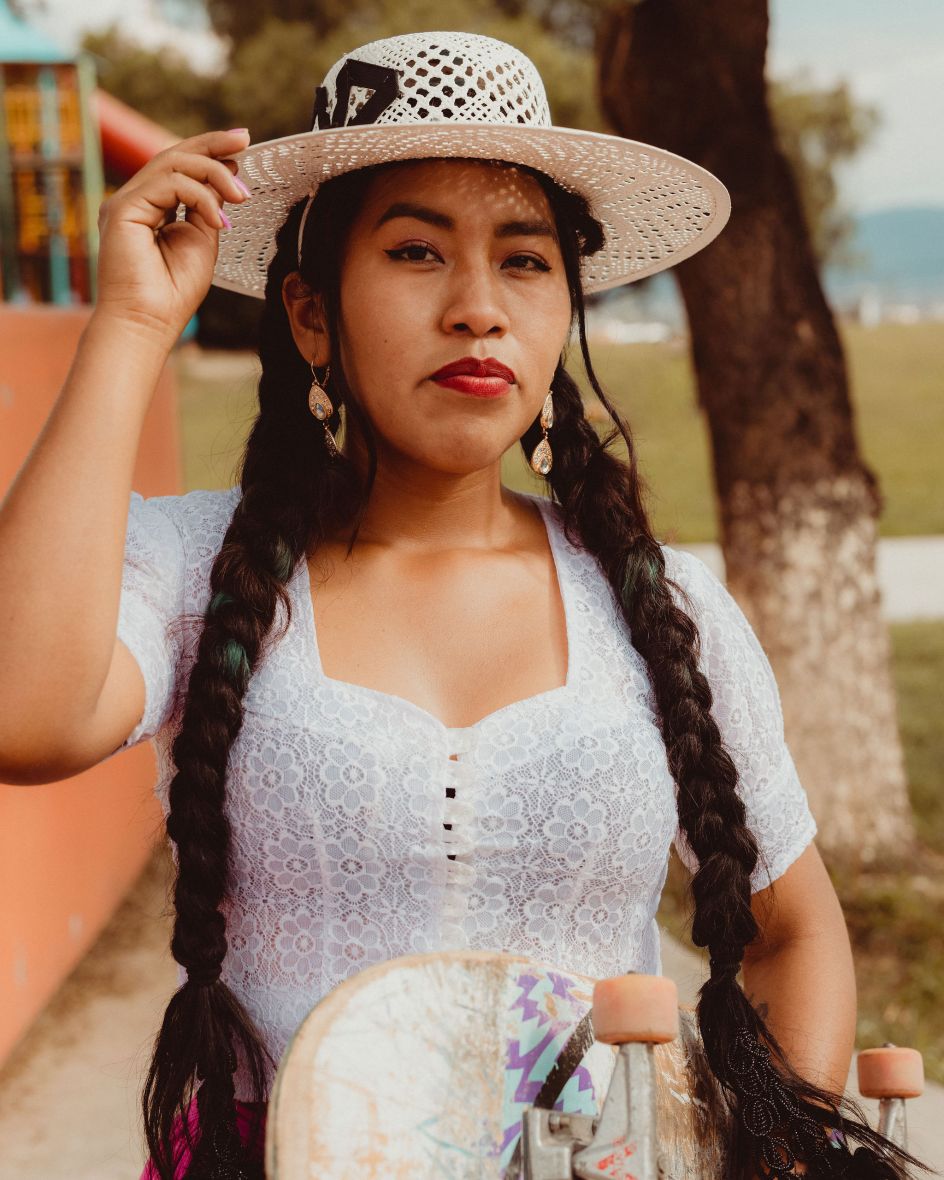
© Celia D. Luna
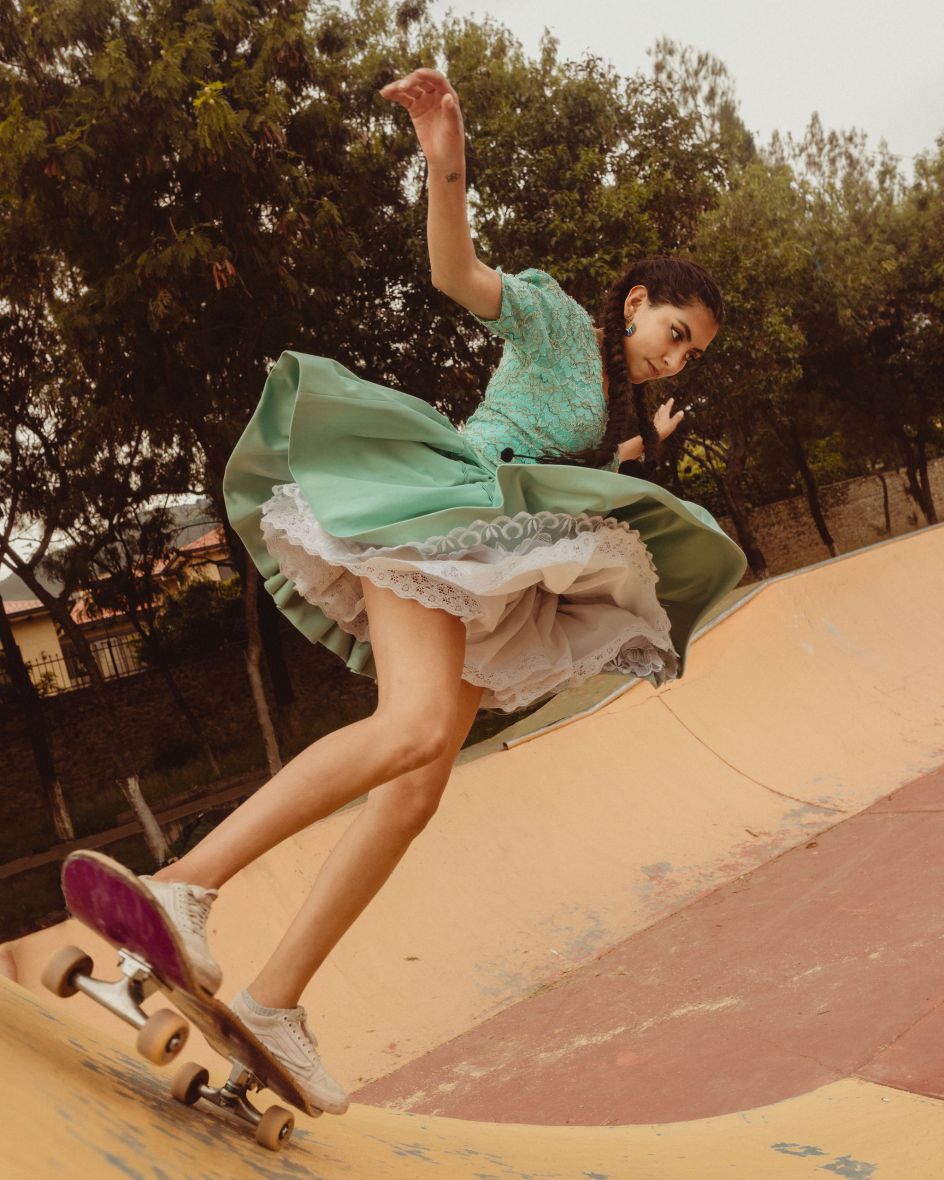
© Celia D. Luna
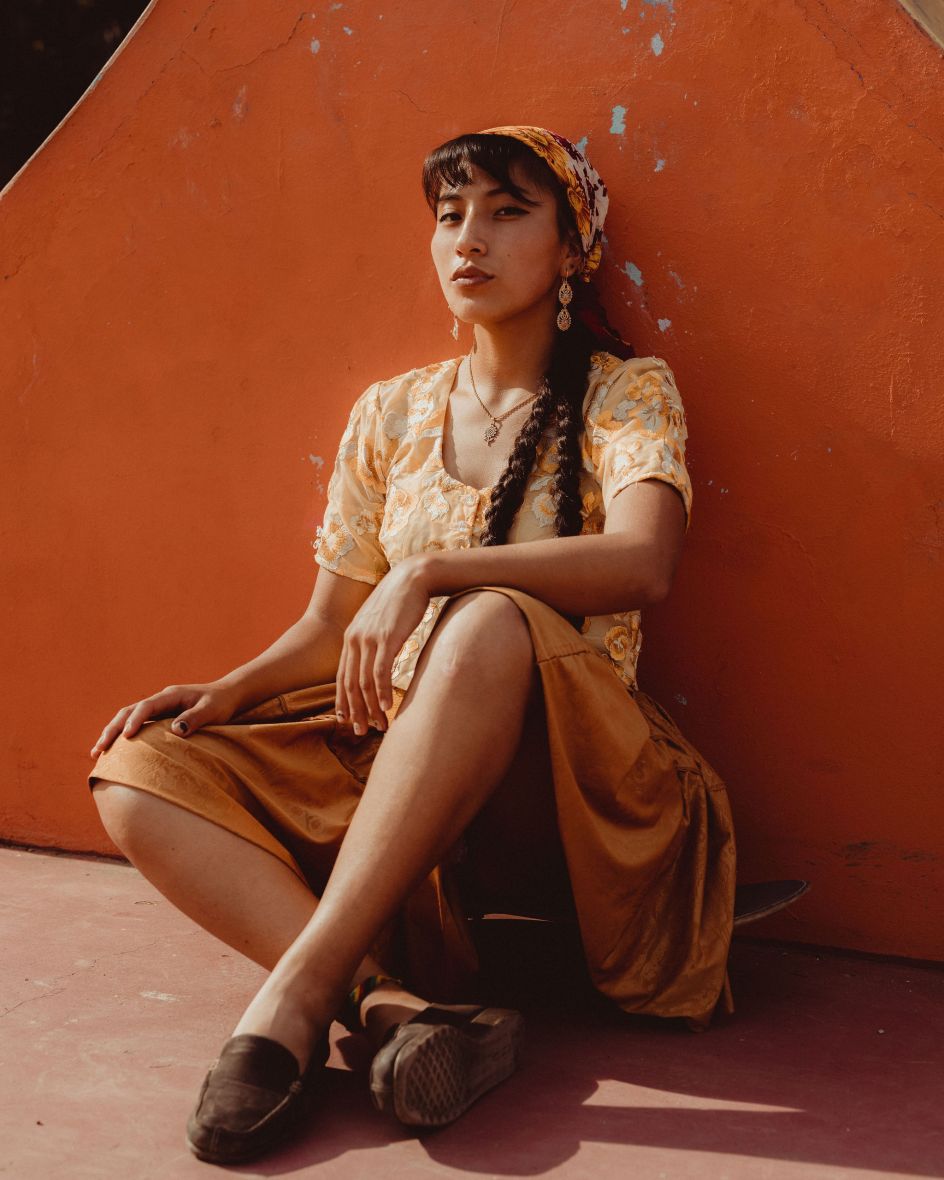
© Celia D. Luna
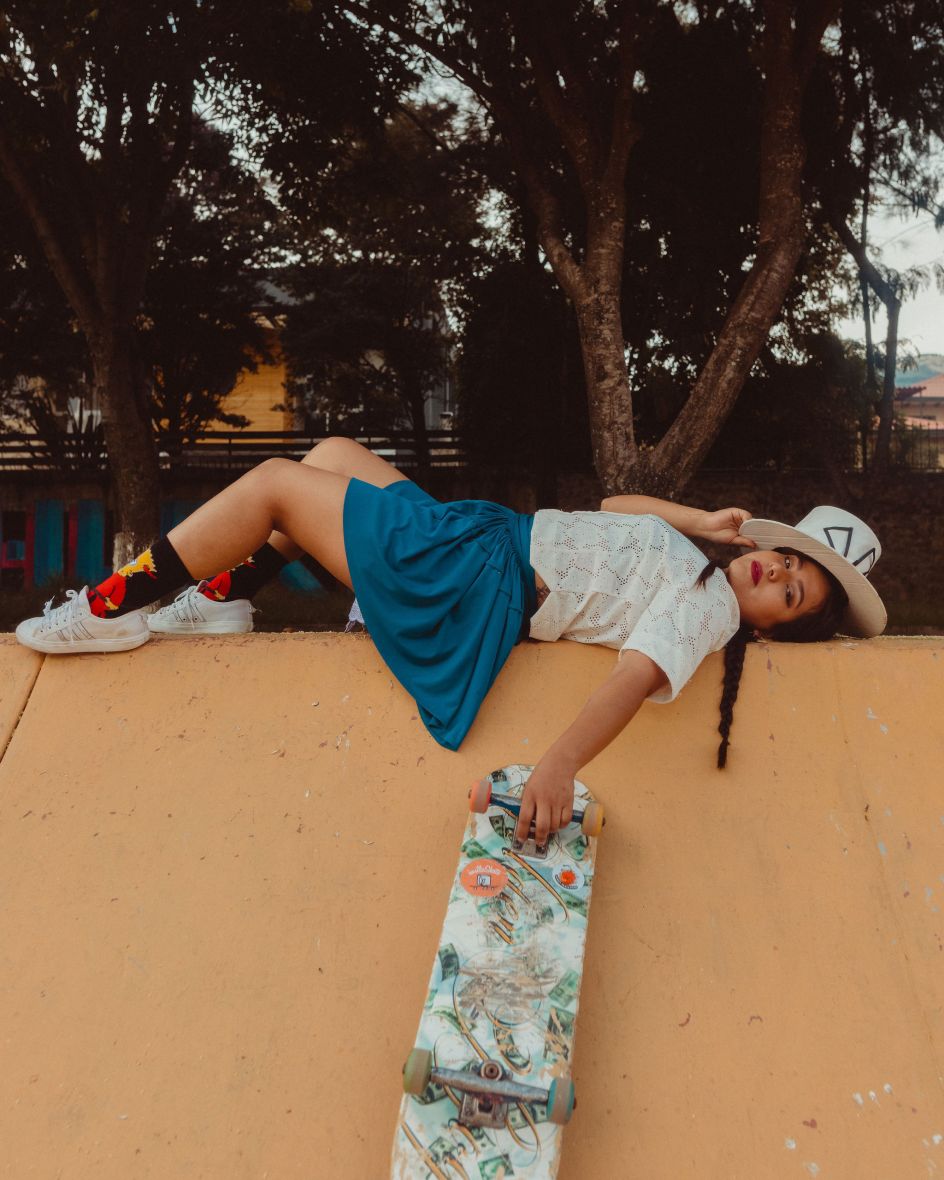
© Celia D. Luna
To get it right, Celia put in a lot of planning. "Generally, I plan a lot," she explains. "Usually, the planning part takes longer than the execution. For this series I started planning it about six months before the shoot. I wanted them to get to know me and my personality, at least through text. Once I was in Bolivia, it took me about a week to complete the series."
To put her subjects at ease, Celia lets them know that they don't have to do anything they aren't comfortable with. "I also told them I'd guide them through the process if needed," she adds. "Music helped too! I usually played songs that they're into."
Celebrating heritage
More generally, Celia says she sees photography as a way to contribute to the narrative of women. "I want to ensure representation in my work," she stresses.
"I especially want to highlight women of colour because we're often not seen or heard," she adds. "There's so much beauty in our heritage, culture and the way we overcome hurdles. I want to celebrate that."
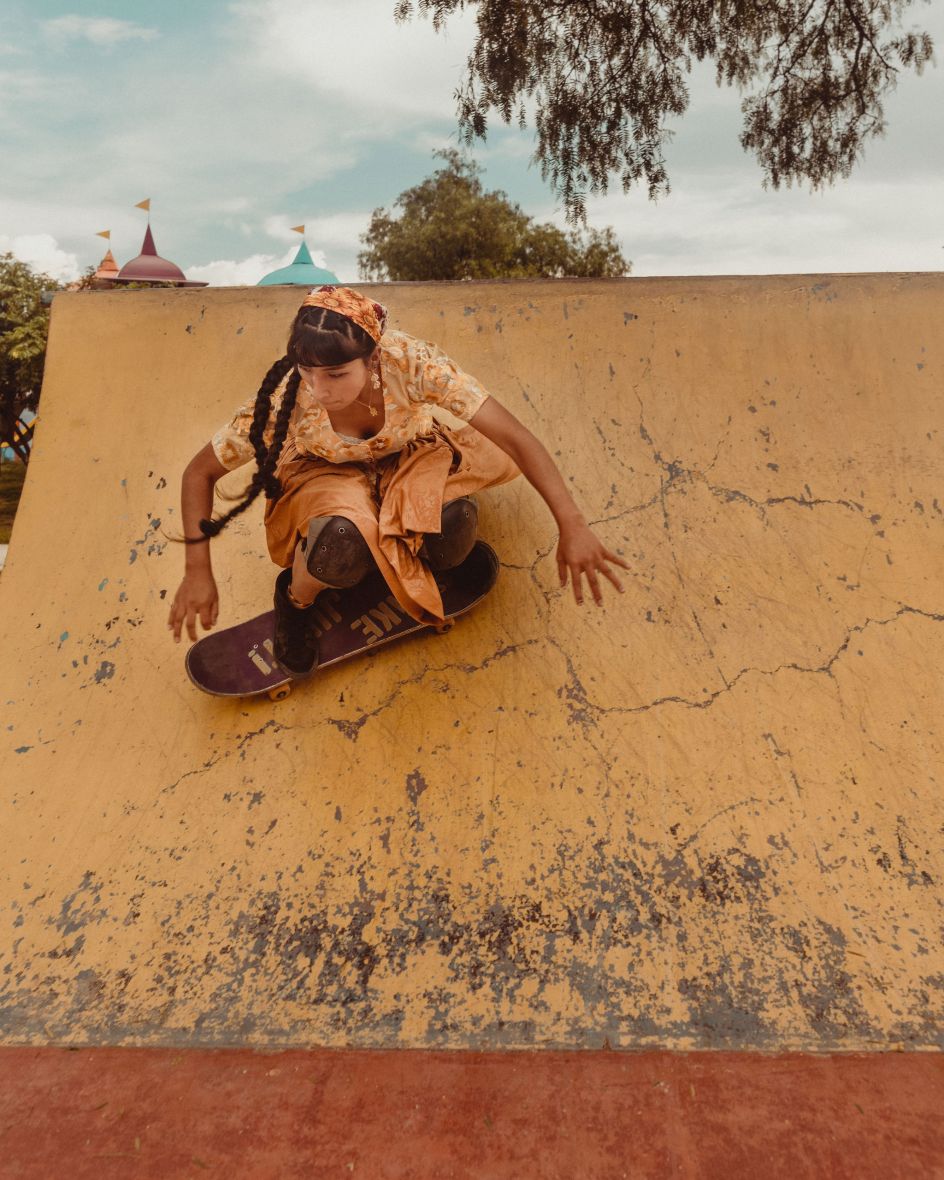
© Celia D. Luna
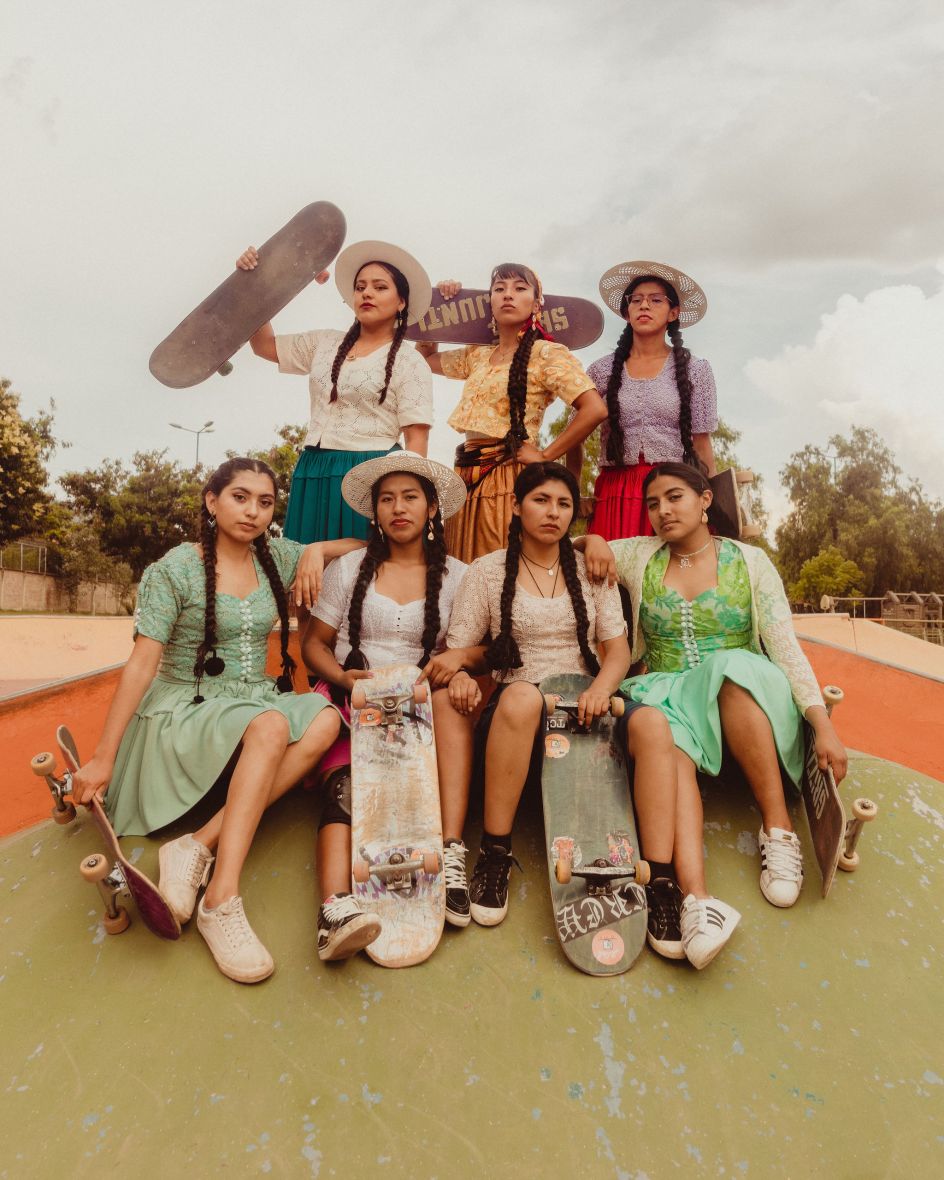
© Celia D. Luna
Celia's childhood in Peru greatly influences her work, she says. "I've unconsciously absorbed the colours, the art, the craftsmanship and the fashion." But her current home of Miami also continues to shape her style, largely due to its multicultural and multinational makeup.
"There's a huge population of Latin American people in Miami," she explains. "I've had the chance to get to know different ethnicities and observe our similarities and differences. Creatively, it's made me more curious about discovering new and exciting stories that I want to bring to life."
Ultimately, Celia's photography is about empowerment. "I want BIPOC girls to see my work and feel identified and inspired by the women I highlight in my work," she says. "I've gotten emails from parents that have resonated with my message and have shared my work with their kids. To me, that's the greatest compliment."




 by Tüpokompanii](https://www.creativeboom.com/upload/articles/58/58684538770fb5b428dc1882f7a732f153500153_732.jpg)

 using <a href="https://www.ohnotype.co/fonts/obviously" target="_blank">Obviously</a> by Oh No Type Co., Art Director, Brand & Creative—Spotify](https://www.creativeboom.com/upload/articles/6e/6ed31eddc26fa563f213fc76d6993dab9231ffe4_732.jpg)









